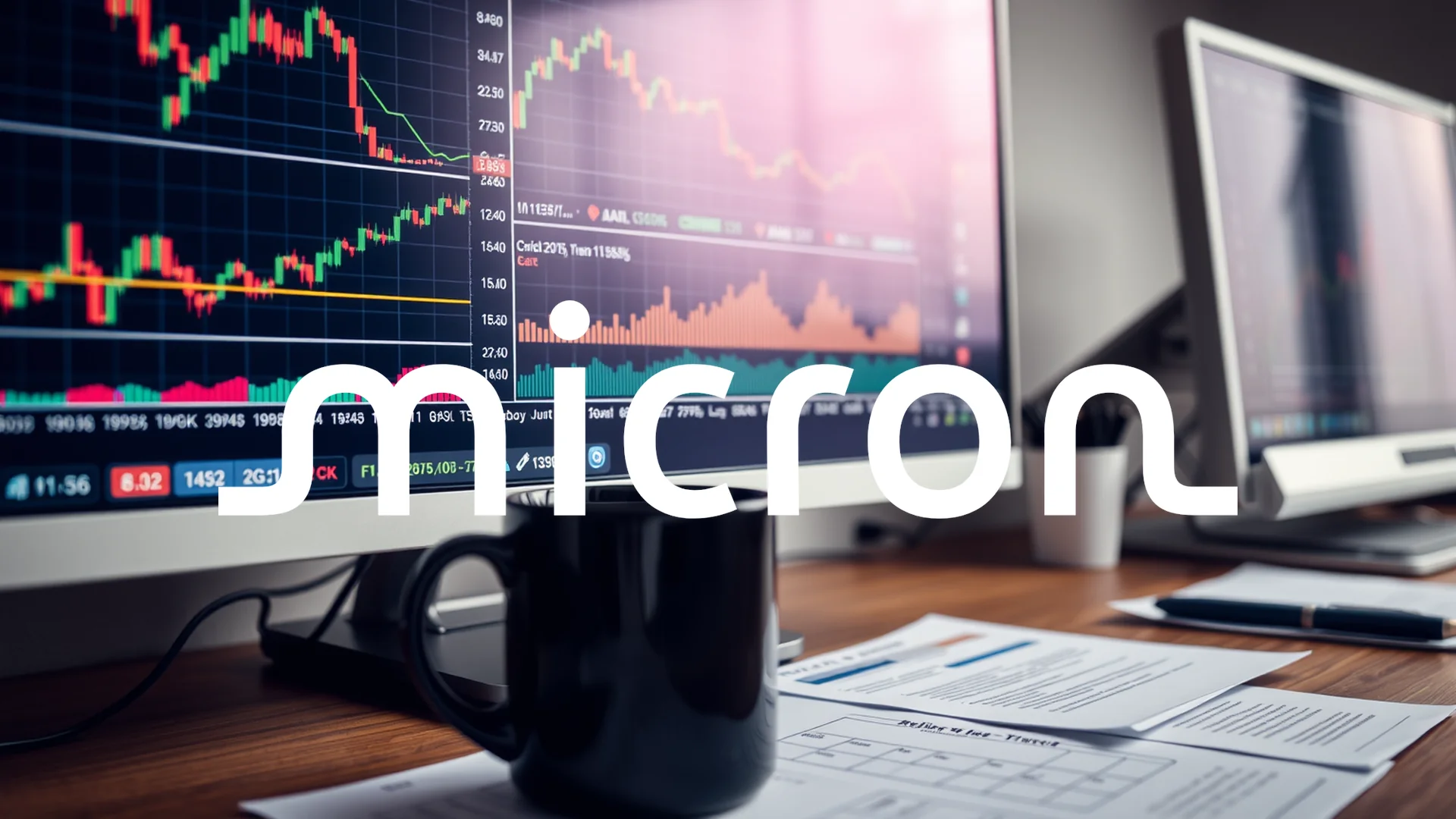As Thanksgiving week unfolds, Micron Technology shares are demonstrating remarkable momentum, with the semiconductor giant’s stock advancing 2.55% to close at $230.26 on Wednesday. Market experts suggest this performance might represent just the beginning of a significant upward trajectory, driven by unprecedented demand for high-performance memory chips powering the artificial intelligence revolution.
Unprecedented Demand Meets Constrained Supply
The investment thesis for Micron centers on a simple but powerful dynamic: while competitors scramble to catch up, the company’s production capacity for the next two years is already fully committed. This supply-demand imbalance creates favorable pricing conditions that could propel the stock substantially higher from current levels.
Three prominent financial institutions have recently issued bullish assessments, with the most optimistic projection pointing to a potential 47% appreciation.
Morgan Stanley Sets Street-High Target
Leading the bullish charge is Morgan Stanley, where analyst Joseph Moore maintained his “Overweight” rating while establishing a $338 price target – the highest among all Wall Street firms. This projection implies approximately 47 percent upside from current trading levels.
From the perspective of optimistic investors, this valuation doesn’t appear stretched. Micron trades at an estimated forward price-to-earnings ratio of 12.5, placing it below the sector average despite the company’s double-digit growth prospects. Moore contends that the market has yet to fully price in the impact of HBM3E shipments and the company’s sold-out order book.
S&P Global Revises Outlook Upward
Adding to the positive sentiment, ratings agency S&P Global Ratings upgraded its outlook for Micron from “stable” to “positive” while affirming its BBB- credit rating. The rationale behind this move is clear: the artificial intelligence boom is elevating the company to new profitability levels.
Should investors sell immediately? Or is it worth buying Micron?
S&P analysts highlighted substantially improved EBITDA and cash flow expectations. Particularly noteworthy was the adjusted gross margin, which reached approximately 45.7 percent in the most recent quarter. This enhanced profitability is supported by significant investments in DRAM and HBM capacity as Micron strategically positions itself for the next phase of AI infrastructure expansion.
UBS Raises HBM Forecasts Substantially
The core of investor enthusiasm for Micron revolves around High Bandwidth Memory (HBM) technology. These advanced memory chips have become essential components for AI data centers and next-generation graphics processing units.
UBS has significantly increased its global HBM demand projections:
* 2025: 17.3 billion gigabits
* 2026: 28.0 billion gigabits
Analyst Timothy Arcuri, who raised his price target to $275, emphasized a critical factor: Micron’s HBM production capacity for 2025 and 2026 is completely sold out. Key customers including Nvidia and AMD have secured long-term supply agreements. These constraints allow Micron to command premium pricing – creating substantial operating leverage.
Awaiting Confirmation in December Earnings
Market participants are now focusing attention on Micron’s December earnings call, which should provide clarity on whether the company can meet high expectations for HBM3E deliveries and how management assesses capacity utilization in coming years.
The convergence of credit rating improvements, raised industry forecasts, and aggressive price targets has fueled speculation about another potential breakout. The central question remains: after gaining over 100% within a single year, does additional upside potential exist, or has the market already priced in excessive optimism?
Ad
Micron Stock: Buy or Sell?! New Micron Analysis from November 27 delivers the answer:
The latest Micron figures speak for themselves: Urgent action needed for Micron investors. Is it worth buying or should you sell? Find out what to do now in the current free analysis from November 27.
Micron: Buy or sell? Read more here...










